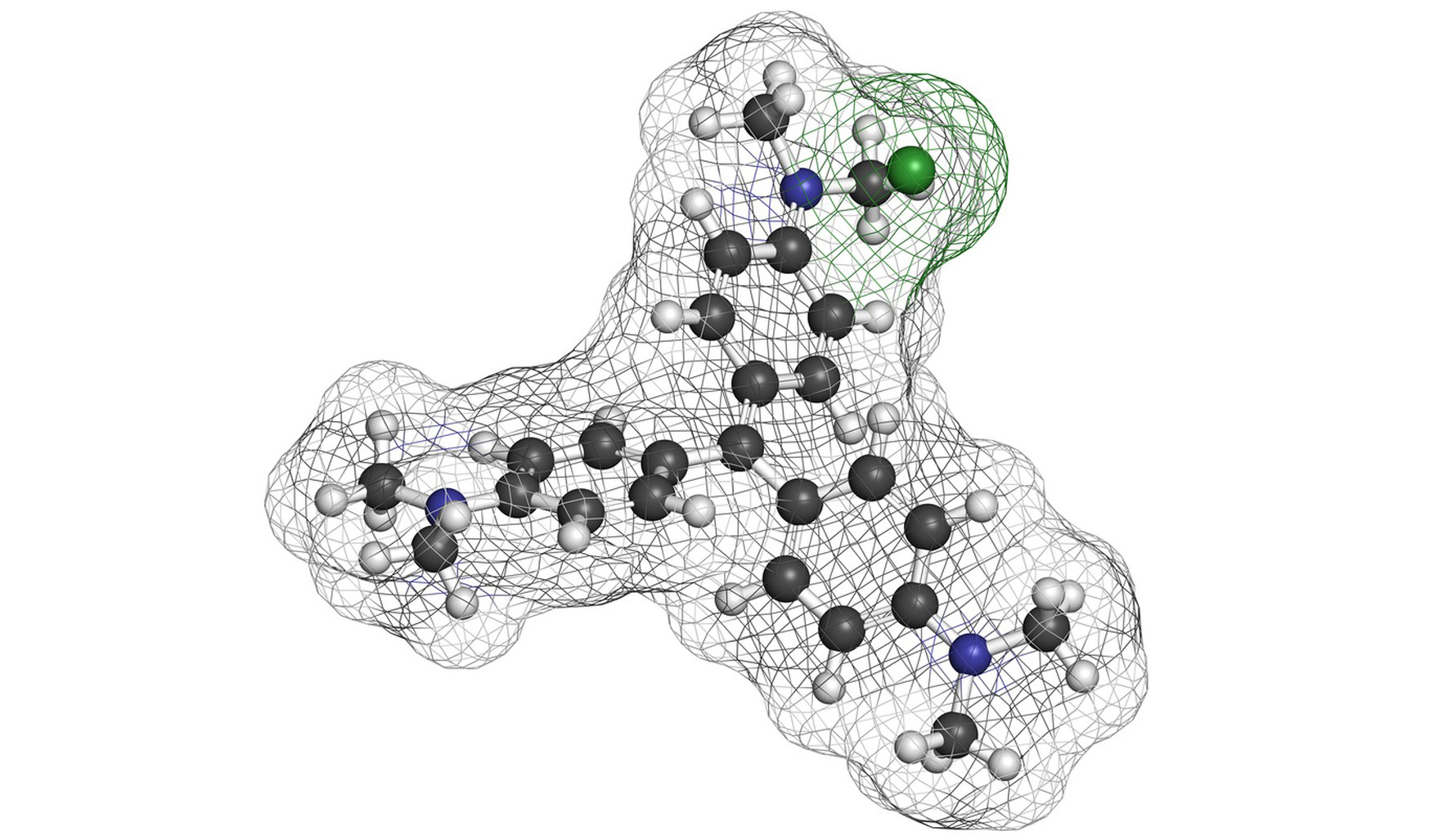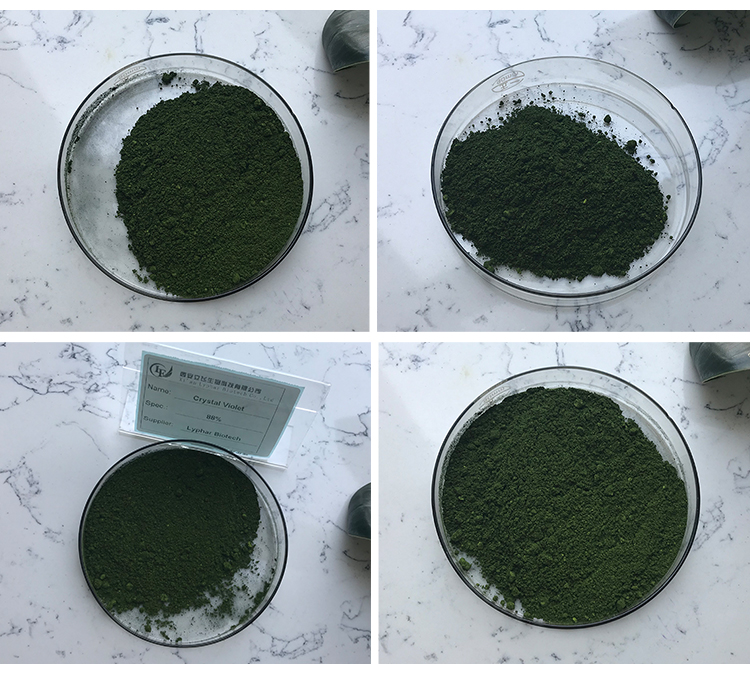Crystal violet, also known as gentian violet, is a synthetic dye with antifungal and antibacterial properties. Here’s some information about its origin, nature, and introduction:
Origin and Nature of Gentian violet:
Crystal violet is a synthetic triarylmethane dye, and it is also known by the name gentian violet.
It was first synthesized in the late 19th century by Sir William Henry Perkin, an English chemist, who is known for his discovery of the first synthetic dye, mauveine.
The dye belongs to the class of dyes called triarylmethane dyes, characterized by three aromatic rings linked by a central carbon atom.
Gentian violet is typically a dark violet to blue-violet powder and has a strong affinity for cell structures.

Applications of Gentian violet:
Gentian Violet has been historically used as a dye in the textile and paper industries.
Its main applications, however, are in microbiology and histology.
In microbiology, crystal violet is used as a staining agent in Gram staining procedures to differentiate bacteria into Gram-positive and Gram-negative groups.
In histology, it is used to stain tissues for microscopic examination.
Antimicrobial Properties of Gentian violet:
Gentian Violet has antifungal and antibacterial properties, and it has been used as a topical antiseptic.
It has been employed in the treatment of fungal infections and as an ingredient in various antiseptic solutions.

Introduction in Medicine of Gentian violet:
Gentian Violet gained popularity in medicine for its staining properties and antimicrobial effects.
It was widely used in the early to mid-20th century for various medical applications, including the treatment of skin infections.
However, its usage has diminished over time due to the development of more effective and less toxic alternatives.
It’s important to note that while crystal violet has had historical significance in microbiology and medicine, its use has declined in certain applications due to concerns about its potential toxicity. In some cases, alternative dyes and antimicrobial agents are now preferred in modern medical and laboratory practices.
